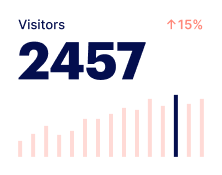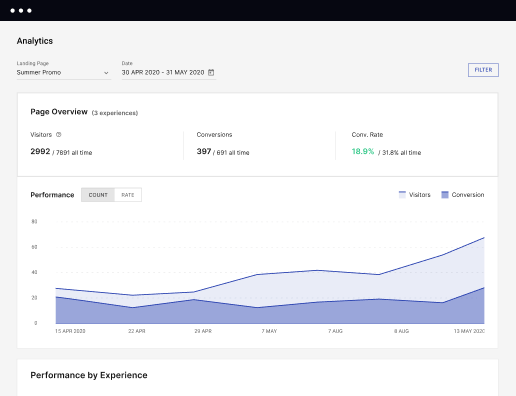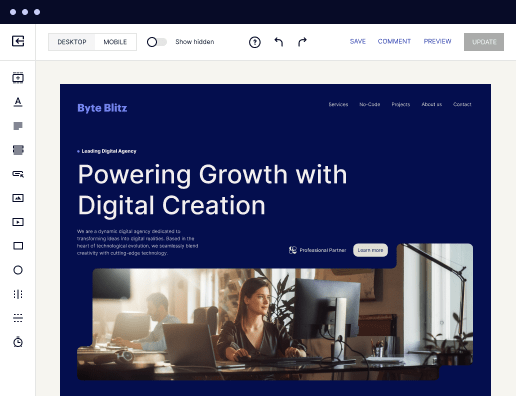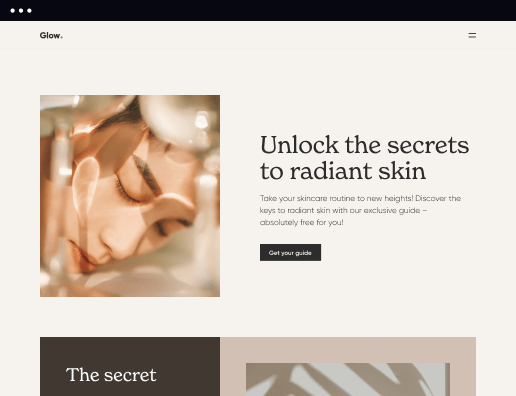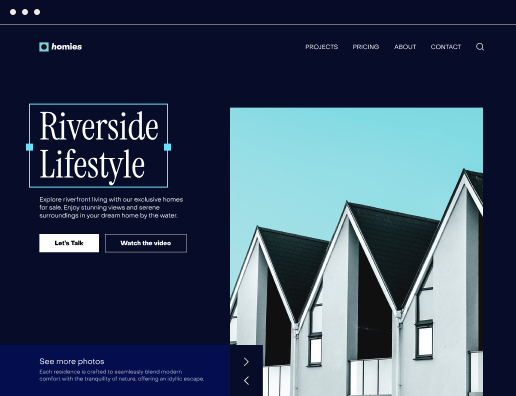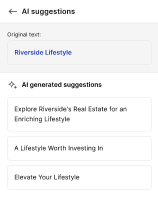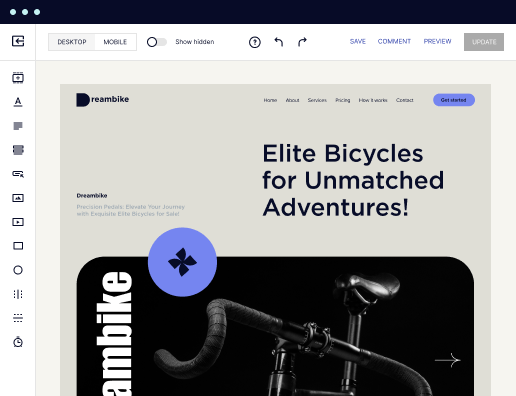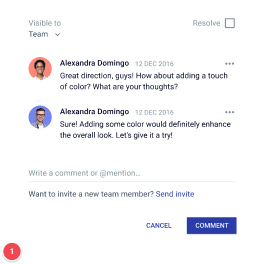Make a high-performance navigation page optimized for Google Chrome
Utilize Instapage to reduce costs, enhance conversions, and deliver tailored experiences in Google Chrome.
Google sites menu bar: Your ultimate how-to guide
Creating a dedicated navigation page in Google Chrome can significantly enhance user experience and streamline accessibility. Instapage equips marketers with an array of tools to design such pages efficiently without needing development expertise. This guide will walk you through the step-by-step process, ensuring that each aspect aligns with your targeted audience in the USA.
Step 1: Set your objectives
Before diving into the design, it’s crucial to define the purpose of your navigation page. Ask yourself: What action do you want visitors to take? This clarity will guide the layout and content. Aim to create an experience that not only resonates with your audience in sectors like Business Services and Education but also builds brand trust and customer loyalty.
Step 2: Choose a layout
Instapage offers over 100 conversion-focused layouts tailored for maximizing engagement. When designing your navigation page, consider:
- Conversion-focused templates: These layouts are designed to drive actions, such as signing up for newsletters or exploring your services.
- Mobile responsiveness: Ensure that your navigation page renders well on mobile devices, catering to the increasing number of users accessing websites via their smartphones.
- Visual hierarchy: Organize elements to guide users through the content effortlessly, prioritizing the most important information.
Step 3: Add personalization elements
To make your navigation page relevant for distinct audience segments, utilize Instapage's personalized content features. You can incorporate dynamic text replacement, which tailors headlines and content based on user data, ensuring they feel unique to the visitor’s needs.
- Dynamic text replacement: Modify content in real-time based on viewer demographics or behavior, enhancing the user's connection to your page.
- AdMaps integration: Align your ads directly with specific landing pages to increase relevance and click-through rates.
- Audience tracking: Use data tools available in Instapage to monitor engagement and adjust content based on cold or warm audiences.
Step 4: Optimize for performance
Once your navigation page is set up, leverage Instapage’s built-in experimentation features to optimize for conversions. Use detailed heatmaps to gauge user interaction and improve low-performing areas on your page.
- Conduct A/B testing: Test different versions of your navigation page to determine which elements resonate best with users.
- Analytics dashboard: Monitor critical performance metrics, such as page views, bounce rates, and conversion rates to continually improve your page.
- Heatmaps: Visualize user interactions to better understand where visitors click, scroll, and spend the most time.
The goal is to build a seamless navigation page that enhances your overall marketing strategy and elevates customer experiences.
Ready to create your navigation page in Google Chrome? Start using Instapage today to provide your audience with tailored, conversion-optimized landing experiences.
Get more out of Make your navigation page in Google Chrome
Improve your Quality Score with quick load technology for landing pages
Increase conversions with content that aligns with your ads and audiences
Achieve maximum ROI by scaling your marketing initiatives
Leading the way in building high-performing landing pages





Frequently asked questions about google sites menu section chrome
See google sites menu section feature in action
Ready to skyrocket conversions?
Supercharge your ad campaigns with high-performing landing pages.
Get started
